
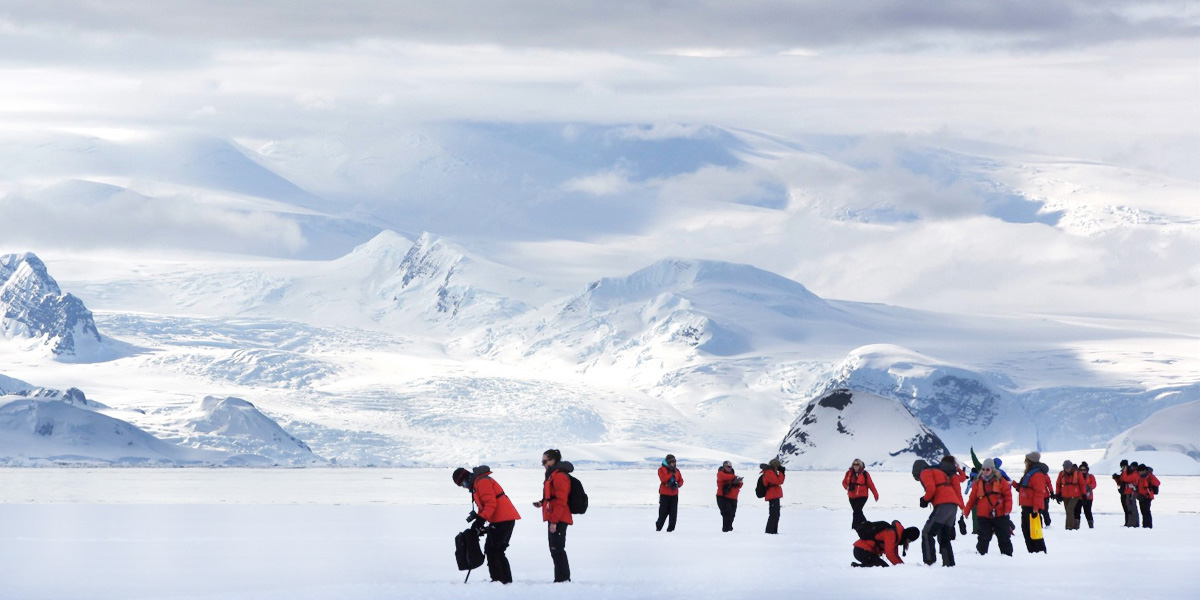
The women of Homeward Bound. Photo credit: Anne Christianson
By Molly Taft
Heidi Steltzer’s job, as she put it, is “hiking where no one else will go.” As a mountain and polar ecologist studying rare plants, she’s accustomed to traveling to breathtaking Arctic vistas to chase flora along mountain ridges.
But watching glaciers calve on her first trip to Antarctica last December was a one-of-a-kind experience for the scientist. “You kind of want to see it,” she said. “Even though you know it’s not a good thing, you kind of want to be there.”
https://twitter.com/EcoWatch/status/838338322242105344 expand=1]
As she watched the great icebergs float by the boat in Neko Harbor, another member of Seltzer’s trip waved her arm at the scene, as if summoning a force to shave the glaciers surrounding them.
“Can you imagine if any one of us had that kind of power to see ice calve when you wanted to see it?” laughed Seltzer. “But at the same time, we knew, collectively—we do have that power. You can’t say these specific glaciers are definitively calving because of human action. But these events continuing to happen is consistent in that system and consistent with what we know about human activity and climate change.”
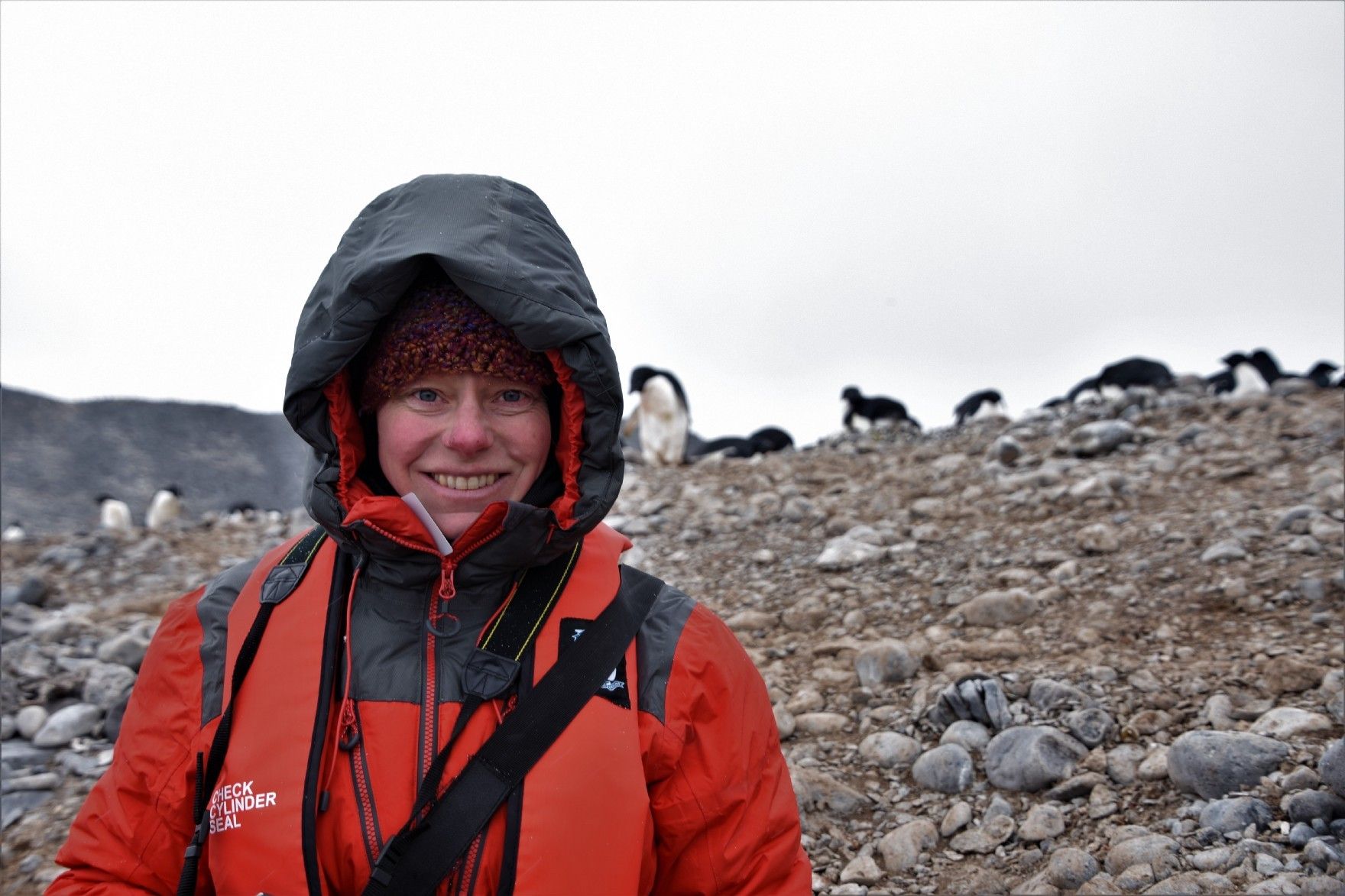
Seltzer’s colleagues were more knowledgeable than your average gaggle of tourists. The travelers on her trip were all scientists and several of them focus specifically on climate change. What’s more, her 75 companions on the three-week trip were all women, bound together on the largest-ever, all-female expedition to Antarctica. The trip was the focal point of a year-long leadership development program called Homeward Bound, which aims to groom 1,000 women with science backgrounds over the next 10 years to influence public policy and dialogue.
While women made up more than 50 percent of the U.S. workforce in 2016, they represented only 24 percent of workers in STEM—science, technology, engineering and math. Representation in public policy is even worse: Women hold less than 23 percent of parliamentary positions worldwide and less than 20 percent of Congress is female. The founder of Homeward Bound told Reuters that inspiration came from the trip from hearing two scientists joke that a beard was a requirement to land an Antarctic research leadership role.
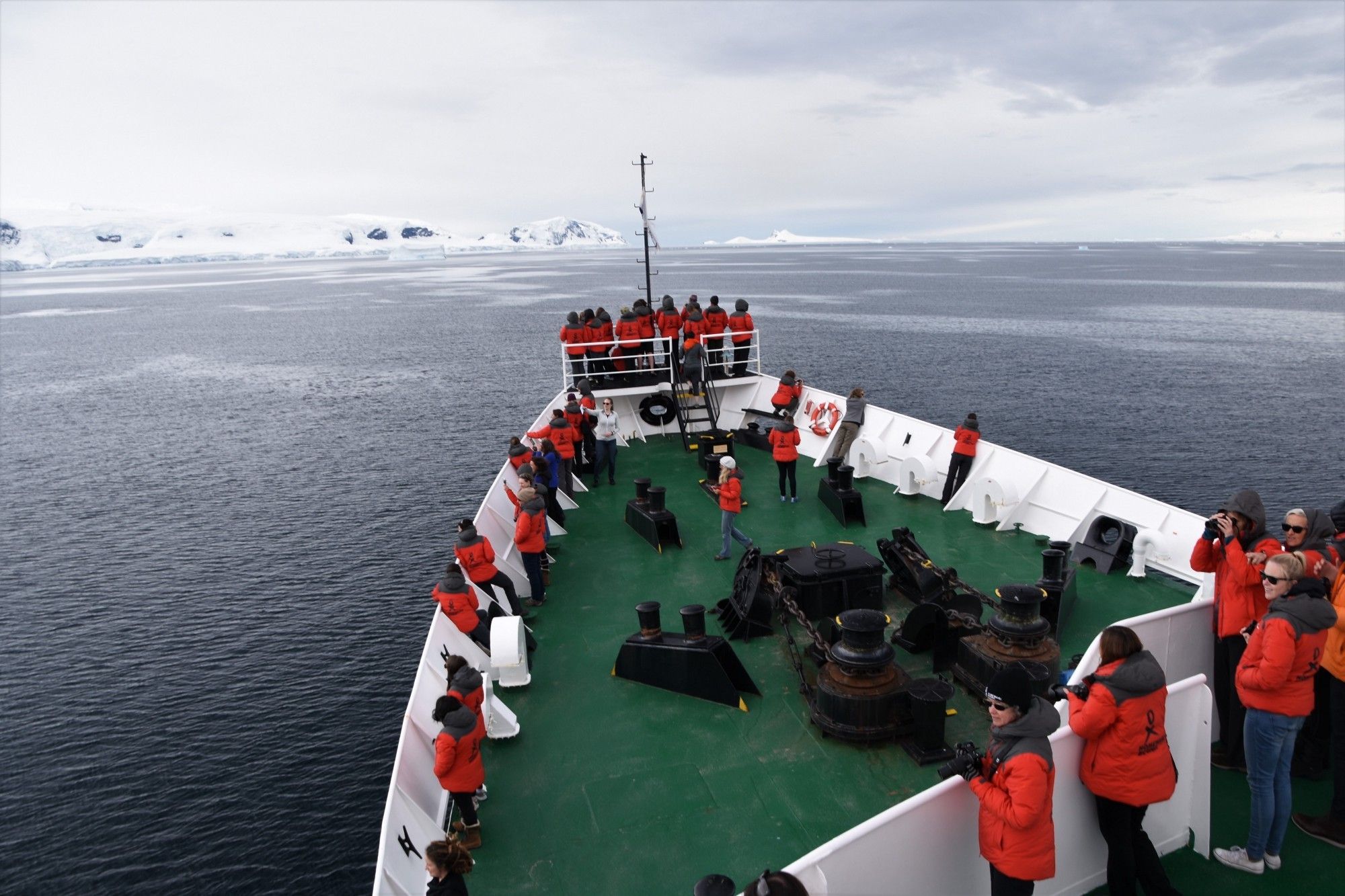
The problem of female leadership in STEM isn’t a new one. When Katharine Hayhoe, director of the Climate Science Center at Texas Tech University and a leading U.S. climate voice, was a second-year undergraduate physics student, the head of the department called her into his office to ask how the program could help encourage her career as a female physicist.
“My mentors in science from day one have all been male,” she recalled. “I’ve learned a lot from them and I’ve been incredibly encouraged and supported by them. But at the same time, there have been differences between us.”

Lifestyle and family changes, Hayhoe emphasized, provide a particular sticking point between the genders in STEM. “As I got older, I started to realize how big the gap was between colleagues who basically had a spouse who managed everything full time,” she said. “They could just, at the drop of the hat, leap on an airplane and be off to a meeting, versus a mother who, before you do anything, you’ve got to do all the laundry, freeze the meals, figure out who is picking the kids up from schools. At this point, if someone asks me to do something at the drop of the hat, the answer is no—and this still happens to me today.”
Steltzer echoed similar experiences. “At one point in time, women were present in equal measures to myself at a peer level,” she said. “But now that I’m in my early 40s, an associate professor, in many environments I’m in there are fewer women. There are ways we can do better.”
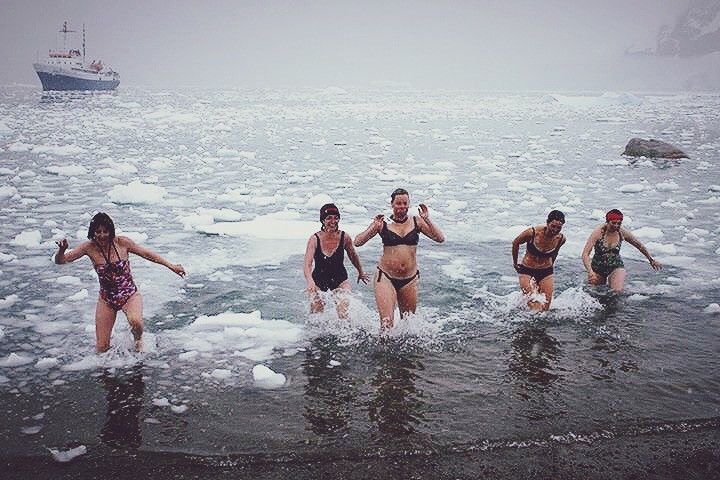
She pointed out that the perception of “good old boys’ clubs” in male-dominated fields may just be men connecting with each other over shared experiences. Getting a group of female scientists together can create a collaborative, experience-based atmosphere that can be difficult for women to find at home. “Homeward Bound created for us women a space and a place where we feel connected to one another.”
For Anne Christianson, a younger Homeward Bounder, the trip took on special importance for her work. Christianson is completing a Ph.D. at the University of Minnesota and her dissertation focuses on how climate change disproportionately affects women in developing countries. She points out that, while it was easy to see the consequences of climate change watching glaciers in Antarctica, it’s important to keep in mind how climate change threatens women around the globe.
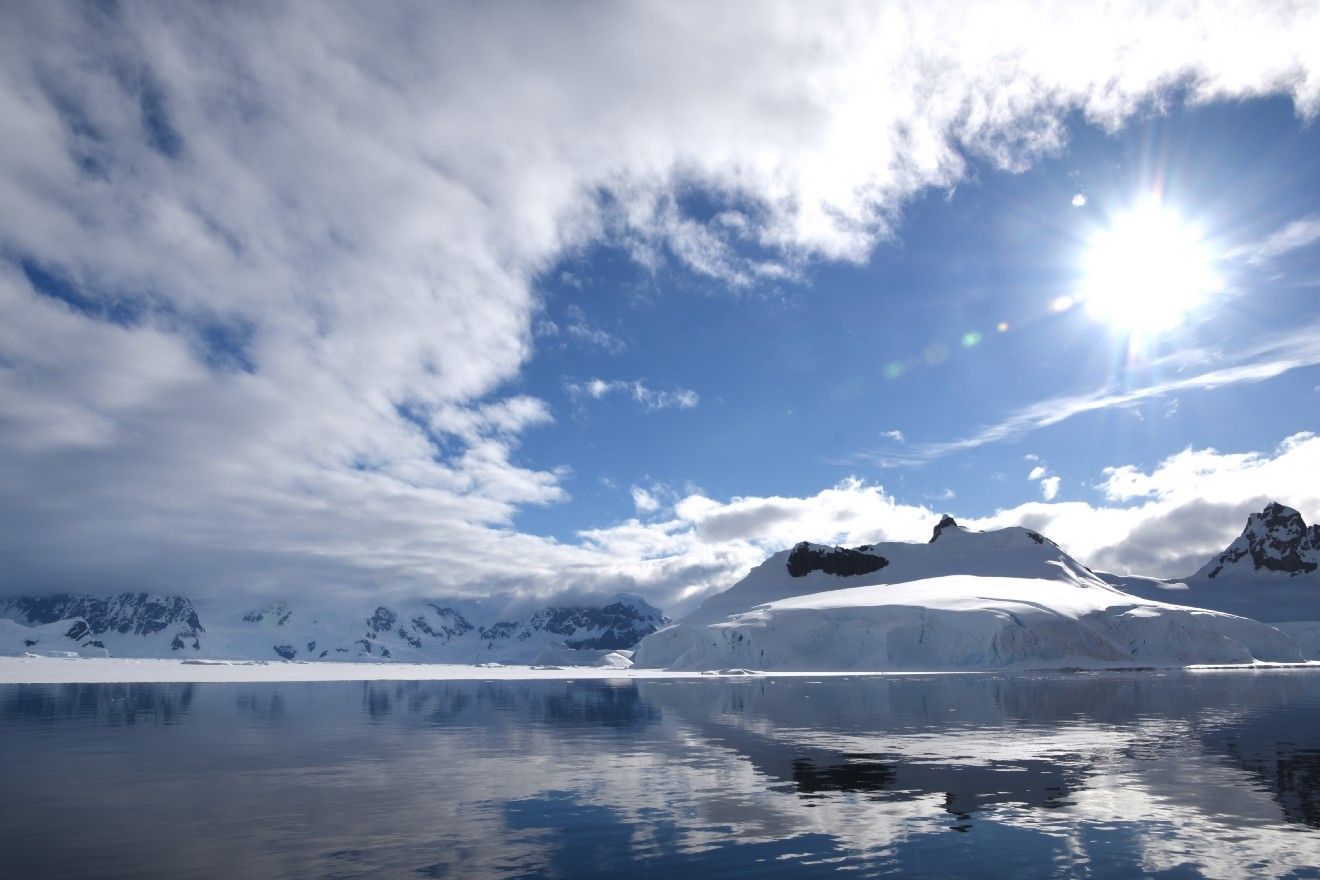
“We have these cascading impacts [of climate change] on women that simply aren’t seen in men,” Christianson said. “Women generally don’t have enough capital to build our own resilience to climate change.”

For Westerners, it’s easy to see climate change as a threat to poor and rural women in distant, impoverished countries. But climate change isn’t just melting glaciers in Antarctica and flooding cities in Bangladesh. It’s already imperiling women within the U.S. and the threat is getting more dire. More than 83 percent of poor single mothers in New Orleans were displaced in the post-Hurricane Katrina housing crisis—a statistic that bodes ominously for future climate disasters.
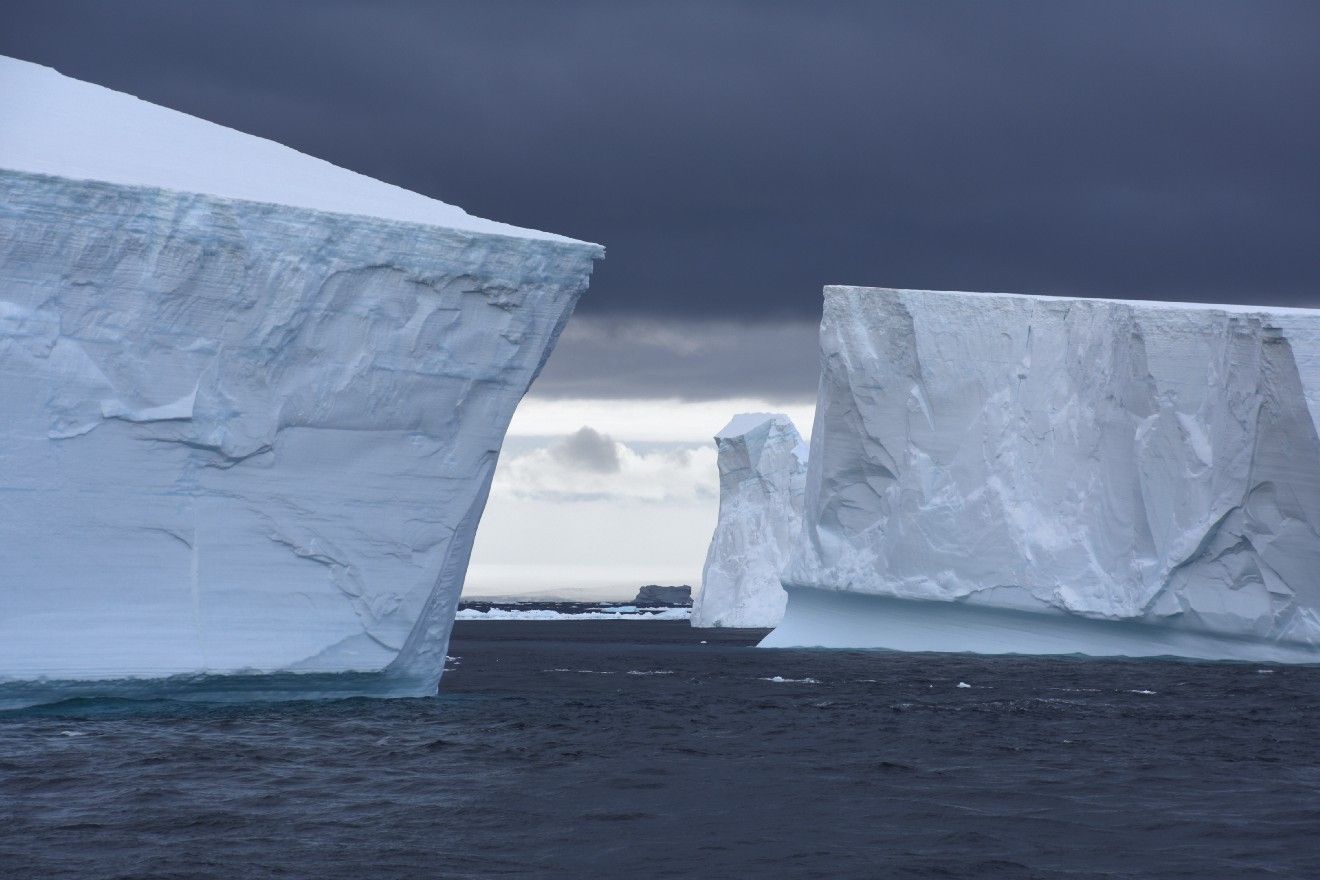
“We’ve already had our own climate refugees in the Gulf and in Alaska,” Christianson said. “The majority of people in poverty in this country are women who will be less able to adapt to what’s coming with climate change. Having more resources allows you to move away from sea-level rise and heat waves, to switch jobs, to find alternate sources of food and fuel.”
Even for progressives in the U.S., the link between climate and gender can be hard to grasp. Rep. Barbara Lee (D-CA) attempted to start a conversation on the issue in 2015 in by proposing a resolution to recognize “the disparate impact of climate change on women and the efforts of women globally to address climate change.” The bill moved nowhere fast in Congress and became a target for right-wing media, as outlets like Breitbart, The Daily Caller and Fox News mocked a line in the bill that linked climate-induced food insecurity to prostitution.

Both Steltzer and Christianson signed up for the journey months before the election. Like most, neither anticipated the political world would turn upside down just a few weeks before the trip. “It would have been a different trip if we had been celebrating the success of the first woman president,” Christianson said. “As scientists, we were all disappointed to see a denier in office.”
Fortunately, Homeward Bounders feel well-prepared to face the Trump administration’s assault on science. Steltzer worked with other Homeward Bounders to write a letter in support of female scientists on the International Day of Women and Girls in Science in February. Other program participants are banding together to share knowledge locally, giving presentations across the country to community and school groups.
“Getting women in science into leadership so we can reignite energy, enthusiasm and work towards re-engaging the public—that’s where it’s at,” Steltzer said.

Both Christianson and Steltzer say the female perspective in science is more important now than ever.
“There is a certain understanding that women scientists have of how hard it is to be heard and right now all scientists are understanding what women scientists have experienced,” Christianson said.
“We’ve been in this state before, but a lot of our male colleagues haven’t,” Christianson said. “Because we’ve had to fight so hard for our personal rights, now that we’re trying to make our voices heard in our field of interests and now that men are joining us for the first time, really, we can have more of a leadership role in how to make our voices heard.”
According to Hayhoe, that’s already happening. Female leadership in climate at the international level is playing a role in shifting the climate conversation.
“I’m inspired by [executive secretary of the UN Framework Convention on Climate Change] Christiana Figueres and other leaders in the climate movement who have been women,” Hayhoe said. “I know that having a diversity of voices is so important. The tone and the framing with which we talk about this issue has shifted radically over the last ten years and I think at least some of that is due to the involvement of women.”
Reposted with permission from our media associate Nexus Media.
[facebook https://facebook.com/EcoWatch/videos/1423998830953117/

 233k
233k  41k
41k  Subscribe
Subscribe 